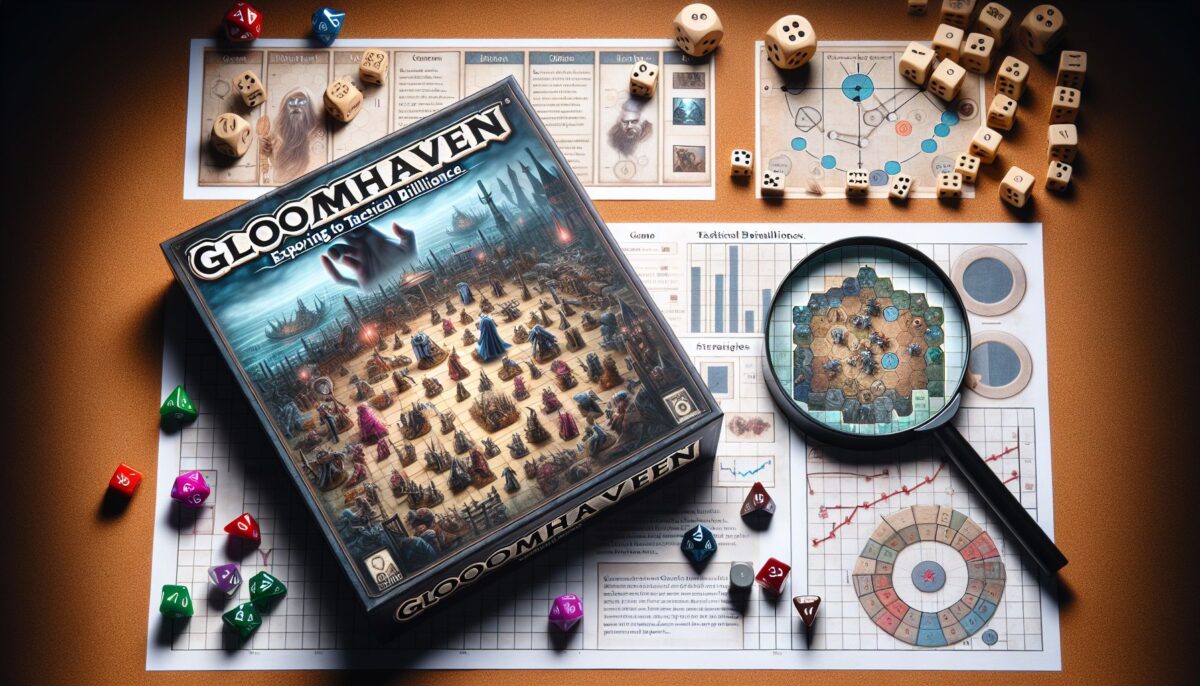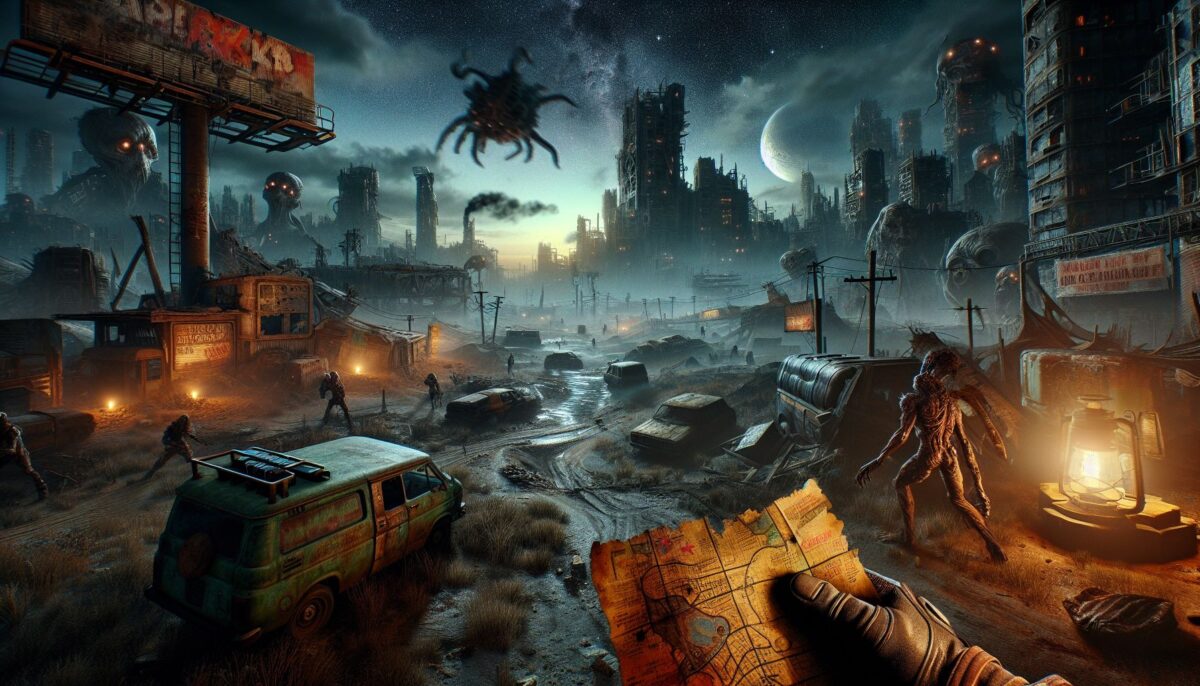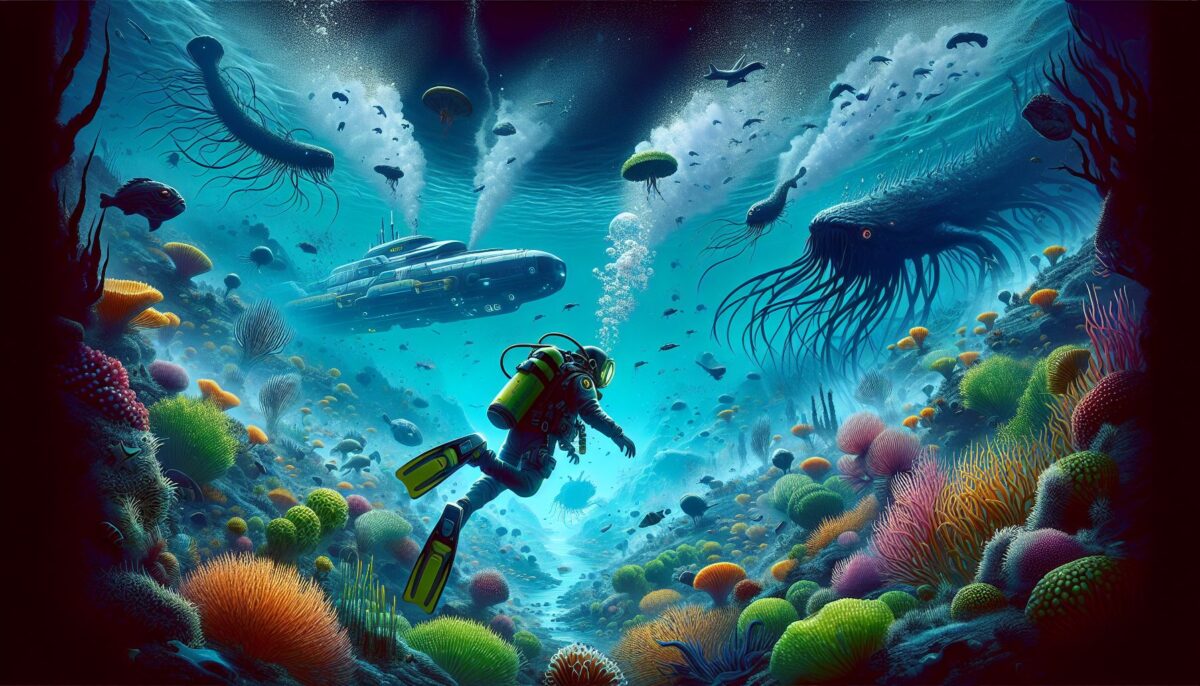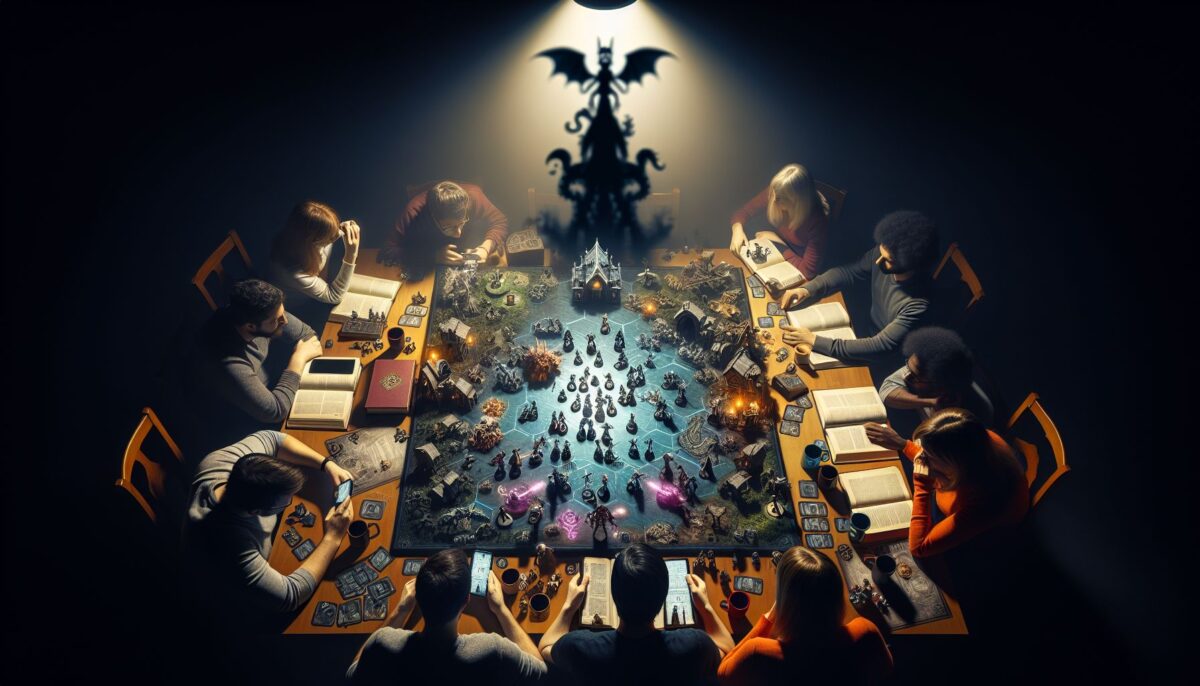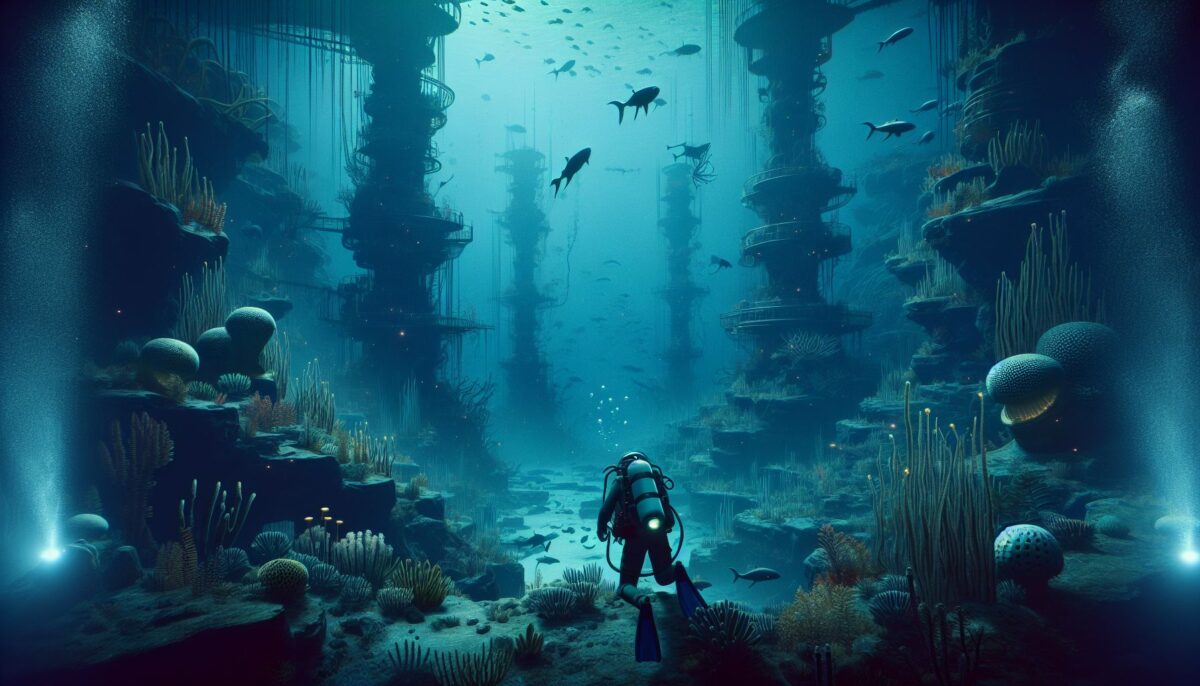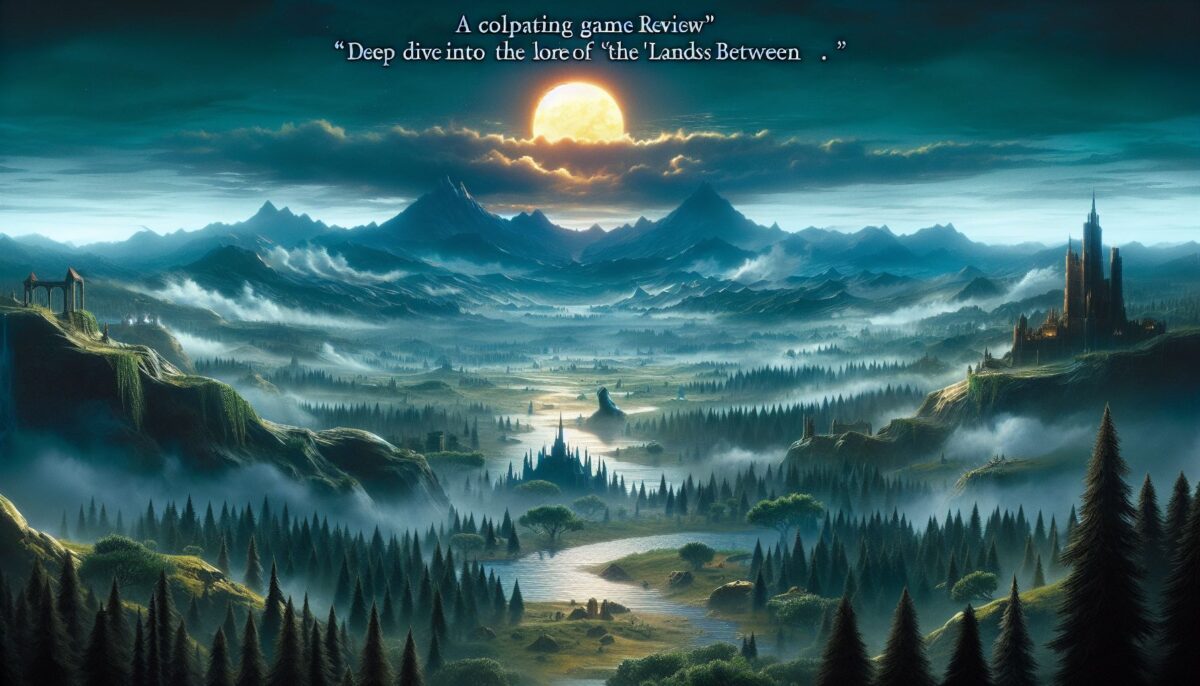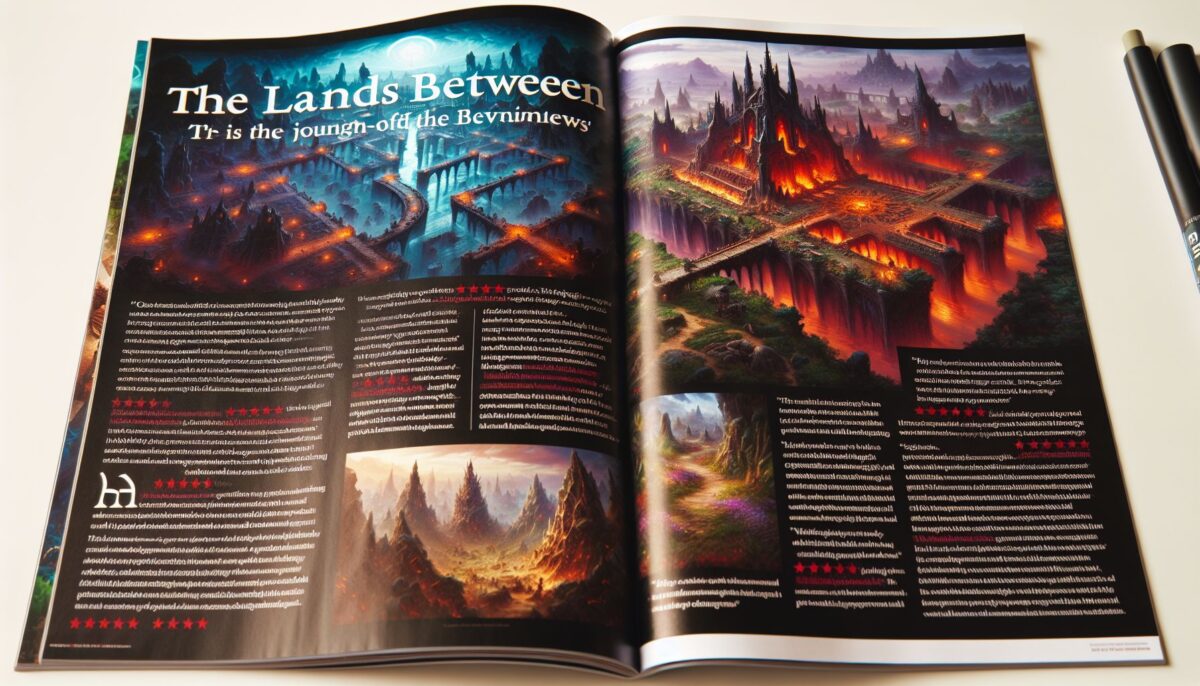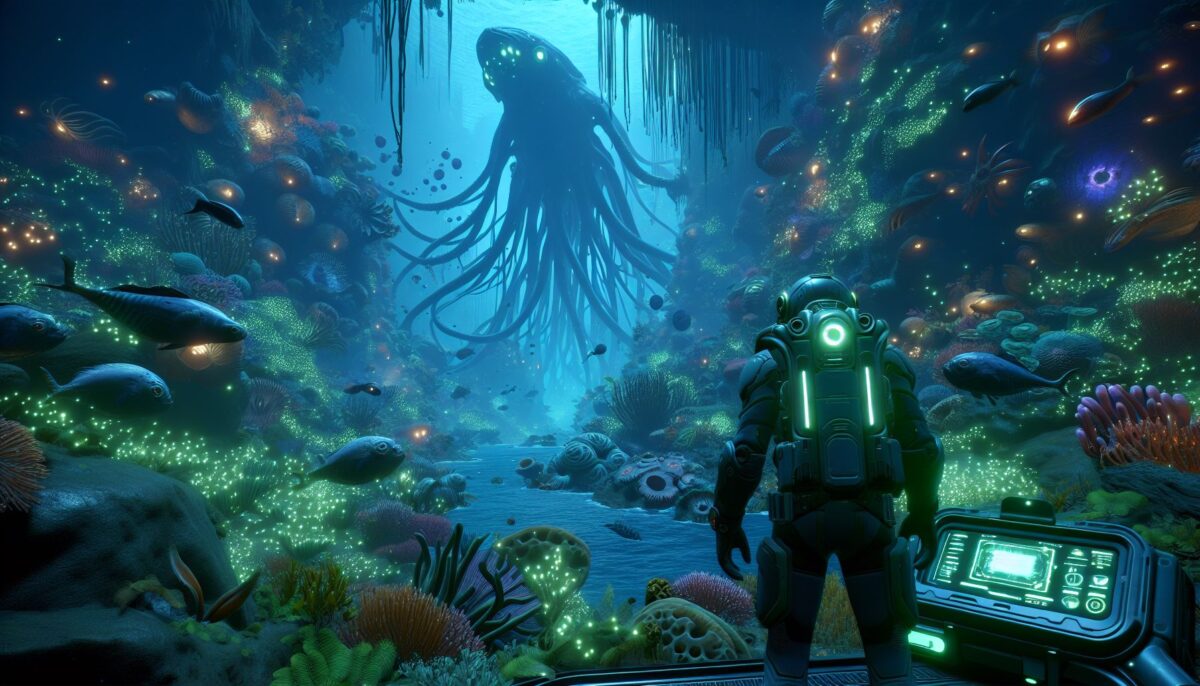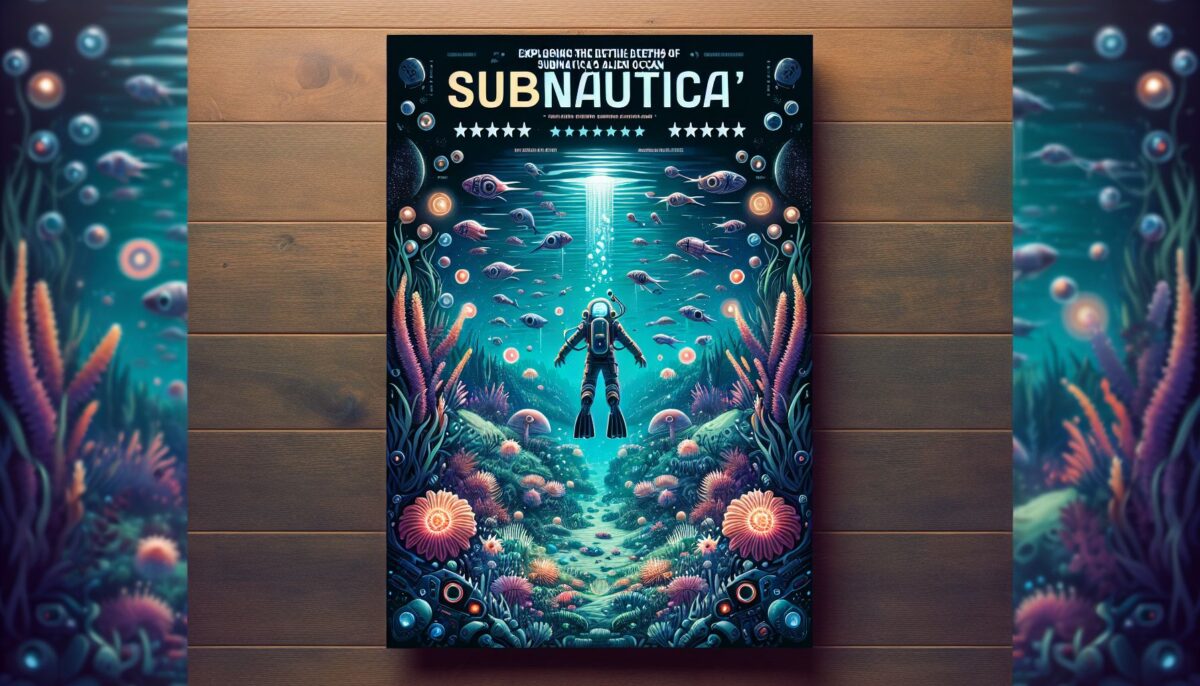Venturing into the world of board gaming, there’s one title that often sparks intense devotion and fascination among hardcore players and casual enthusiasts alike: Gloomhaven. Designed by Isaac Childres and published by Cephalofair Games, Gloomhaven isn’t merely a game; it’s an epic narrative-driven experience, packed into a box that’s famously as heavy as the reputation it carries. Let us delve deep into the perilous dungeons of Gloomhaven and see what treasures and traps it holds.
A Behemoth of a Box
Upon first receiving Gloomhaven, one cannot help but be intimidated by its sheer size. The box is gigantic and dense, filled to the brim with cards, tokens, tiles, and more. This isn’t your average family game night fare; it’s a hobbyist’s dream and perhaps a casual player’s nightmare.
The Premise
At its core, Gloomhaven is a cooperative tactical combat simulator with an ever-evolving narrative. Players take on the roles of wandering adventurers in a dark fantasy world, each with their own unique abilities and motives. Through a series of scenarios—forming a branching narrative—players will fight monsters, develop their characters, and engage with the game’s intricate storyline.
Gameplay & Mechanics
The meat of Gloomhaven lies in its gameplay, which combines elements of RPGs, deck-building, and board strategy. Players must work together, planning their moves and attacks by discussing tactics without revealing specific cards from their hands. This game boasts no dice; instead, it uses a modifier deck that evolves over time to determine attack success and damage—introducing strategic depth and minimizing luck.
Each scenario is laid out on grid-based tiles, creating a battleground with obstacles, traps, and foes. Characters move and attack by playing two cards from a hand each round, then performing the top action of one card and the bottom action of another. This process must be done thoughtedly as once a card is used, it’s lost for the duration of the scenario, unless special actions are taken.
Character Progression & Personalization
Another facet of Gloomhaven’s genius is the personal progression of each character. As players complete scenarios and achieve personal goals, their characters level up, gain new abilities, and can even retire, unlocking new characters and further enriching the game’s world. It feels like a tabletop version of a sprawling RPG, where decisions and character growth echo throughout the campaign.
Worldbuilding and Narrative
The story of Gloomhaven is not just told through passages in a scenario book, it unfolds organically through the players’ choices and achievements. The city of Gloomhaven evolves as the campaign progresses, with players partaking in city events that can offer bonuses, penalties, or further narrative twists. There’s a weight to every choice, lending a palpable sense of consequence and immersion.
Production Quality
The production quality of Gloomhaven is top-notch, with sturdy cardboard, attractive art, and an abundance of organizational trays. However, the first setup can be daunting, as the sheer volume of components requires a considerable amount of time to organize and understand.
Gloomhaven’s Downsides
Now, however high Gloomhaven may soar, it is not without its flaws. Its complexity and depth, while strengths, also create barriers to entry that can dissuade new players. The initial setup can be overwhelming, and the game’s heavy reliance on forward planning and strategic thought can be exhausting for those looking for a lighter, more casual experience.
The game can also be criticized for its sheer length. A full campaign can sprawl over dozens of play sessions, each lasting several hours. It demands a commitment akin to that of a lengthy book series or an extensive video game RPG.
In addition, the requirement for regular play with the same group can be a logistical challenge, and while solo play is supported, it’s undeniably best enjoyed as a multiplayer experience.
The Community and Continuing Support
Gloomhaven’s presence in the gaming community is not fleeting; it’s a mainstay. With support from an avid fan base and ongoing expansions like “Forgotten Circles” and the standalone game “Jaws of the Lion,” the universe of Grownhaven continues to expand. These additions offer new scenarios, characters, and stories, ensuring that the Gloomhaven experience remains fresh and engaging for existing players.
Final Thoughts
Gloomhaven is an ambitious, expansive beast of a game that beckons with promises of adventure, depth, and challenge. It sets an impressive standard in the board gaming world for tactical gameplay and storytelling prowess. Yes, it can be an intimidating venture for newcomers, and its colossal scope can be a hurdle for the faint of heart. Yet, for those willing to delve into its labyrinthine depths, it provides a rewarding, immersive world that stands proudly as a shining testament to modern board game design.
Ending a session of Gloomhaven often leaves one feeling spent yet satisfied, like emerging from a long, arduous trek through mist-shrouded forests and monster-filled ruins. Whether you are victorious or nursing your wounds back in the city, you always linger in the anticipation of the next adventure, the next impossible choice, the next unexpected twist. It’s no wonder Gloomhaven commands respect and admiration from its legion of fans.
While not for everyone, Gloomhaven is a game that, if it does click for you, will likely occupy a place of honor on your shelf—and in your gaming memories—for years to come. The question is, are you ready to commit to the journey and see how far the rabbit hole—or, in this case, the dungeon—goes?
